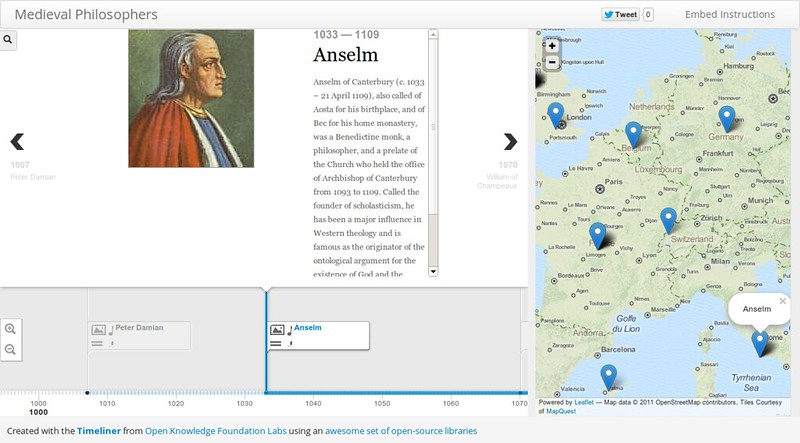Open Humanities Hangout - Open Correspondence and the Letter Net
Our next Open Humanities Hangout will take place next Tuesday, 28th May. This is the latest in the series of regular hangouts we’ve been organizing over the past few months with people interested in tapping in to the growing amount of open cultural data and content.
- What: Open Humanities Hangout looking at opening up historical correspondence and mapping the “letter net” – e.g. did Dickens write to George Eliot and did she write back? Come help us find out! Read more below
- When: Tuesday 28th May 2013 at 1700 BST, 12:00 EDT, 1800 CET
- Where: Online via Google Hangout and IRC – we’ll publish the hangout url nearer the time
- Who: anyone who loves the humanities and wants to see the great works of our past accessible and re-usable by anyone regardless of background or location.
- Signup: please sign up here or email [email protected]. Note you can always just drop in on the day but it helps us if we have a sense of numbers!
About the Hangouts
The Humanities Hangouts are an informal virtual get together to build apps and insights using open cultural material. Among other things participants have put together an app that helps you to get to know Shakespeare better called Bardomatic, hacked on an annotation tool for public domain texts called TEXTUS and created interactive timelines of the great Western medieval philosophers (helping to improve and de-bug the Timeliner tool in the process).

The Challenge: Mapping Networks of Correspondence
We want to construct a workflow that will enable anyone to take a published set of letters and turn it into open data and content that we can explorer and visualize. Ultimately we want the network of correspondence – the “letter net”.
Suggested process
This is something to discusson the hangout, but we think the effort will involve at least 3 steps:
- Locate published collection of letters
- Great if these are already digitized on gutenberg
- Extract structured data like author, recipient, date, location
- Geo-code all those locations
- If the texts are not digitized start thinking about that!
- Visualise the results
We’ve already done work on steps 1 and even 2 in the case of Dickens. For geocoding there’s already a simple geocoding guide on the School of Data. For visualization there are plenty of options that we’ll explore on the hangout. (And if we want to start scanning and OCRing there are manuals on how to build your own scanner).
Our Goal
Our basic goal is a set of beautiful and insightful set of visualisations about the correspondence of key cultural figures.
Longer term we would love to see a database of correspondence that is open to everyone to use and add to.

 We make tools, apps and insights using
open stuff
We make tools, apps and insights using
open stuff


Comments